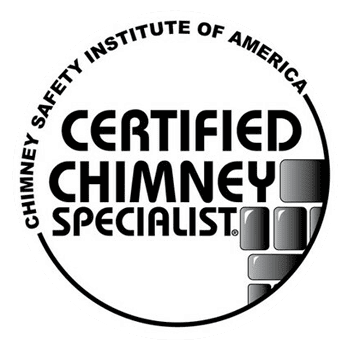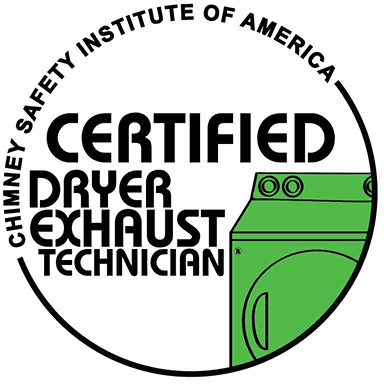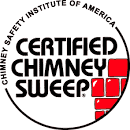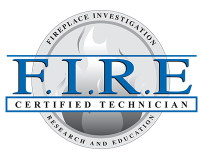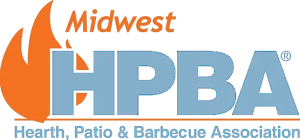Having your chimney restored is an important step in ensuring its longevity and maintaining a safe and efficient fireplace. However, restoration alone is not enough to guarantee the long-term health of your chimney. Regular maintenance is key to preserving its structural integrity and preventing potential hazards.
Understanding the Importance of Chimney Restoration:
Before delving into the maintenance aspects, it is crucial to comprehend the significance of chimney restoration. Over time, chimneys can deteriorate due to weather exposure, excessive heat, and other factors. Restoration involves repairing or replacing damaged components to ensure proper functioning and structural stability. It not only enhances the aesthetics of your chimney but also minimizes the risk of chimney fires, carbon monoxide leaks, and other hazards.
Chimney Inspection and Cleaning:
One of the fundamental aspects of chimney maintenance is regular inspection and cleaning. Hiring a professional chimney sweep is highly recommended to ensure thorough and efficient cleaning. These experts have the knowledge and tools to remove soot, debris, and creosote buildup that can accumulate over time. Additionally, regular chimney inspections are vital to identify potential issues early on and address them promptly.
Maintaining the Chimney Structure:
After restoration, it’s essential to proactively maintain the structural integrity of your chimney. Inspect the chimney for cracks, gaps, or loose bricks, as these can compromise its stability and allow water penetration. Repair any identified issues promptly to prevent further damage. Additionally, consider waterproofing the chimney to provide an extra layer of protection against moisture, which can cause significant deterioration.
Chimney Cap and Crown Maintenance:
The chimney cap and crown play a crucial role in preventing water intrusion and protecting the chimney flue. Installing a chimney cap can effectively keep out rain, debris, and animals, reducing the risk of blockages and damage. If the chimney crown is damaged, repair or rebuild it to maintain its functionality and prevent water from seeping into the chimney structure.
Dealing with Creosote Buildup:
Creosote is a highly flammable substance that accumulates in the chimney flue during wood-burning. Its removal is vital to prevent chimney fires. Understanding the dangers of creosote buildup and employing effective cleaning methods is crucial for maintaining a safe chimney. Regular chimney sweeping and using creosote removal products are recommended to minimize the risk.
Ensuring Proper Ventilation:
Proper ventilation is essential for a chimney to function efficiently. Adequate airflow helps carry away smoke, fumes, and moisture, improving the performance of your fireplace. To enhance chimney ventilation, ensure that the damper is fully functional, and the flue is clear from obstructions. Consider installing a chimney fan if necessary.
Addressing Animal Infestations:
Animals, such as birds and squirrels, may find their way into chimneys, causing blockages and damage. Identifying signs of animal infestations, such as unusual sounds or unpleasant odors, is crucial. If you suspect an animal presence, contact professionals who can safely remove them and install chimney caps or other preventive measures.
Maintaining a Clean Chimney Interior:
Using proper fuel and firewood is important for maintaining a clean chimney interior. Wet or unseasoned firewood can lead to excessive smoke and increased creosote buildup. Additionally, regularly cleaning the fireplace, removing ashes, and ensuring proper ash disposal are essential for maintaining optimal airflow and preventing chimney blockages.
Handling Chimney Odor Issues:
Chimney odors can be unpleasant and indicate underlying problems. Identifying the causes of chimney odors, such as creosote buildup or animal infestations, is crucial. Taking appropriate measures to eliminate odors, such as cleaning the chimney, using odor-absorbing products, or addressing animal issues, can help restore a fresh and enjoyable atmosphere in your home.
Protecting the Chimney from Environmental Damage:
Chimneys are exposed to various environmental elements, such as storms and extreme weather conditions. Dealing with storm damage promptly, such as repairing loose or damaged bricks, is essential to prevent further deterioration. Additionally, installing chimney caps and regularly inspecting the chimney for signs of weather-related damage can help safeguard its integrity.
Conclusion:
Maintaining your chimney after restoration is crucial to ensure its longevity, safety, and efficiency. By following the steps outlined in this article, including regular inspection and cleaning, addressing structural issues, and preventing common chimney problems, you can enjoy a functional and safe chimney for years to come. Remember, proper maintenance not only protects your investment but also provides peace of mind while enjoying the warmth and comfort of your fireplace.



